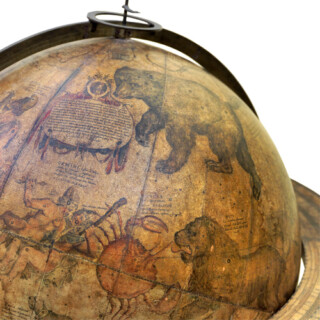-
×
 London
1 × £1,200
London
1 × £1,200 -
×
 The first printed map of Northeastern America
1 × £6,000
The first printed map of Northeastern America
1 × £6,000 -
×
 Southeast Asia at the end of the nineteenth century
1 × £950
Southeast Asia at the end of the nineteenth century
1 × £950
Asia
Corrected from the Observations Communicated to the Royal Society at London and the Royal Academy at Paris.
London,
John Senex and John Maxwell,
[c.1720].
Engraved map with original outline colour.
660 by 960mm (26 by 37.75 inches).
11377
notes:
An intriguing map of Asia, including Manila and the Philippines. The decorative title cartouche is surrounded by classical deities, including Venus and Mercury, with a putto holding a cornucopia symbolising the riches of the continent. The map itself is remarkable for showing an early outline of the north coast of Australia, named "New Holland" here. The imaginary lands of Yedso and Compagnia (supposedly "discovered by John de Gama on a voyage made from China to New Spain")...
bibliography:
provenance:








